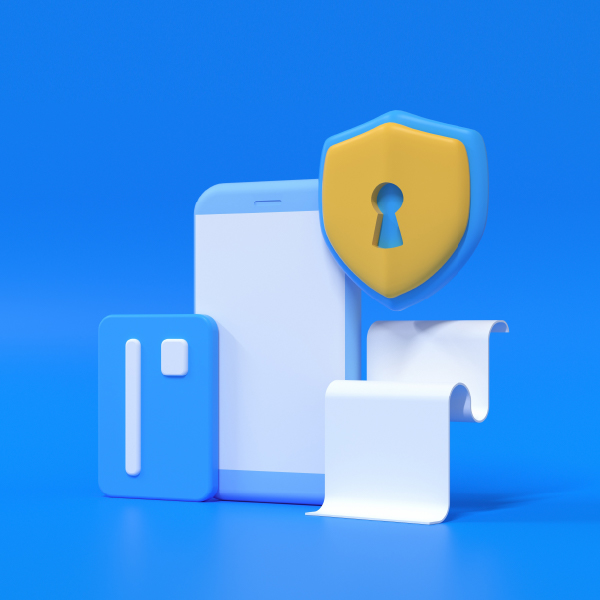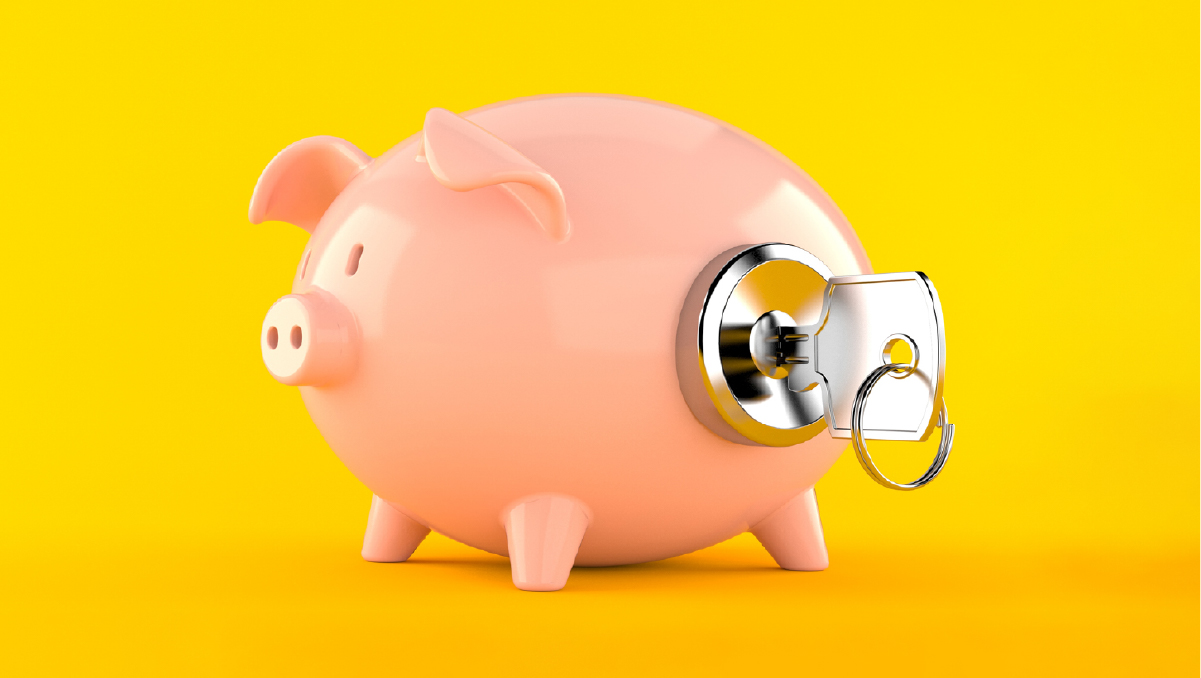THE ART OF SAVING
How to make saving on a budget easy


Easy budgeting tips to find a method that works for you
An effective budget for someone else may not be the right budget for you. Everyone can learn to manage their money once they find a strategy that works for them. Debt.com’s latest 2022 survey found that 86% of Americans are using a budget, compared to just 69% in 2019. But budgeting isn’t one size fits all. The right approach depends on your personal financial situation.
If your paycheck was delayed by a week, how would that affect your finances? Would you still be able to buy your necessities and make payments for recurring bills? Less than half of Americans have savings to cover an unexpected $1,000 expense according to a Bankrate survey. Inflation has made it even more difficult for many people to save money, as prices have risen rapidly to a 40 year high.
These budgeting tips may help everyone, whether you’re looking to pay off your debt, control overspending, or simply save a little more each month.
Which budgeting style is right for you?
There are several different budgeting philosophies online, and you’ve probably come across two common methods: The 50/30/20 method and the zero-based budgeting method.
50/30/20 budgeting refers to how you allocate different percentages of your income. 50% of your income goes towards needs, 30% goes to wants, and 20% goes to savings and repayments. This method is simple no matter your stage of life, but it may be easier to spend outside your budget when you don’t have firm parameters.
Zero-based budgeting is for people who want to be very specific. Your expenses are placed into categories, and every dollar of your income is allocated to a category. It’s more work to build a zero-based budget at the start, but because it’s so targeted, it may be very effective for tracking your spending and saving.
How to stop overspending
Break down your last three months of expenses, including necessities such as rent, groceries, and gas. Analyzing your spending habits is a good way to understand your priorities and help you cut down on buying things you don’t want or need.
Next, separate your bill money from your spending money. This will help ensure you don’t accidentally miss a bill payment.
Try giving yourself a mini budget and stick to that daily spending limit. You can withdraw that amount or use a convenient prepaid card. Many on-demand pay systems have features to help people with managing their money. This will remind you to do frequent check-ins on your spending habits.
How to manage your debt responsibly
Cutting up a credit card to avoid overspending may seem like a quick answer, but this short-term solution may have a negative impact in the long run. Cancelling a credit card may bring down your credit score. Freezing your credit card may lead to overindulgence once you have access again. Plus, none of these solutions address the real problem, which is spending more than you have.The only way to stay out of debt is to be a responsible debt holder. This means paying off your credit card before it stars to incur interest and not taking on high-interest loans that may be daunting to pay off.
Here are a few steps for creating a standard plan to pay of your debt:
- List out all your debts
- Avoid missing months by making all minimum payments
- Try paying extra on one debt until it’s paid off
- Move on to the next debt
How to save more each month
Start small. It’s easier to make saving a regular habit when it becomes part of your routine. When people work to develop strong savings habits, they lower their desire to freely spend money, according to research from Oxford. This means working on your savings habits may also help reduce impulse spending.
Instead of trying save as much as possible right off the bat, try saving 1-5% from every paycheck. Automate your savings to make it an easy part of your routine that you get accustomed to, and keep it in a separate savings account.
One of the most common mistakes new budgeters make is regularly dipping into their savings account to pay for expenses outside of their budget. Keep your checking and savings separate so you can keep building your savings for a bright financial future.
Be specific. Setting a vague goal like “I want to save more money” isn’t as motivating as a statement like “I want to save one thousand dollars by June 1st.”
Being able to confidently manage your finances allows you to make the choices you want in life. Many people believe that they are bad with money, but everyone is capable of managing their money efficiently and effectively. They just haven’t learned how to manage it yet.
Now is the time to find the right budgeting method for you. You may still be looking for the right ways to save money that work with your lifestyle. Discovering the best path to financial management may help you reduce money stress and achieve better financial wellness.
The materials on this blog are provided for informational purposes only and do not reflect the opinions of Central Bank of Kansas City, Member FDIC. Blog posts may contain links to content on third-party websites which are provided for your convenience; please note that linked sites may have a privacy and security policy different from our own, and we cannot attest to the accuracy of information. Central Bank of Kansas City does not guarantee nor expressly endorse any particular business, product, service, or third-party content.
Banking services provided by and the Dayforce Wallet Mastercard issued by Green Dot Bank, Member FDIC, pursuant to a license from Mastercard International Incorporated. Mastercard and the circles design are registered trademarks of Mastercard International Incorporated.
Green Dot Bank also operates under the following registered trade names: GO2bank, GoBank and Bonneville Bank. All of these registered trade names are used by, and refer to, a single FDIC-insured bank, Green Dot Bank. Deposits under any of these trade names are deposits with Green Dot Bank and are aggregated for deposit insurance coverage up to the allowable limits.
©2025 Green Dot Corporation. All rights reserved. Green Dot Corporation NMLS #914924; Green Dot Bank NMLS #908739.
IMPORTANT INFORMATION ABOUT PROCEDURES FOR OPENING A NEW CARD ACCOUNT: To help the government fight the funding of terrorism and money laundering activities, federal law requires all financial institutions to obtain, verify, and record information that identifies each person who opens a Card Account. What this means for you: When you open a Card Account, we will ask for your name, address, date of birth, and other information that will allow us to identify you. We may also ask to see a copy of your driver’s license or other identifying documents. If we are unable to verify your identity, we will not open an account for you.



